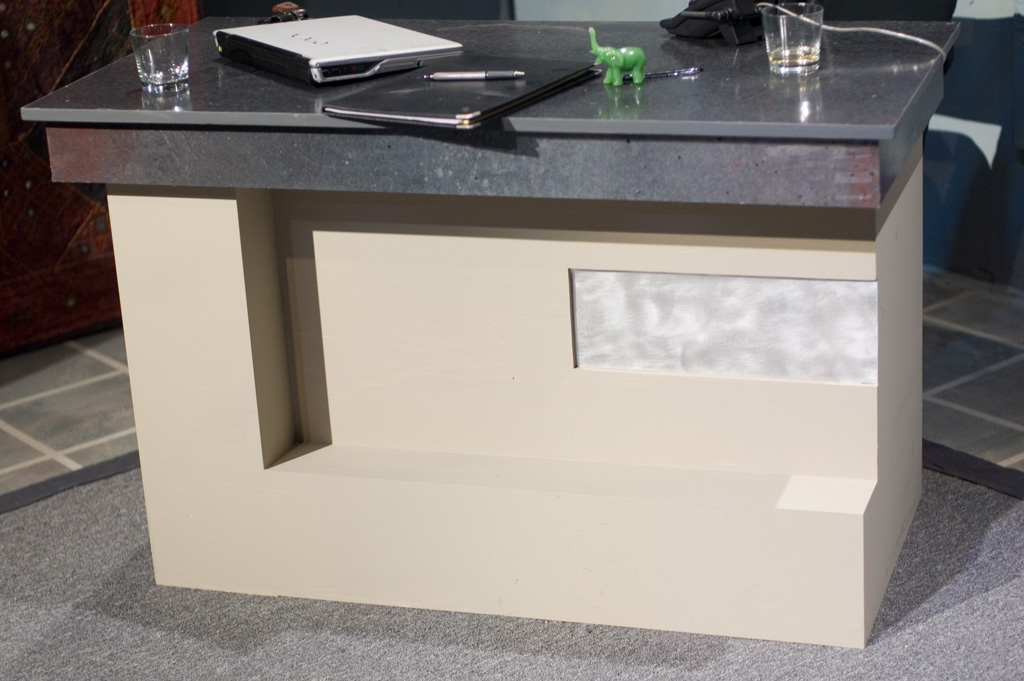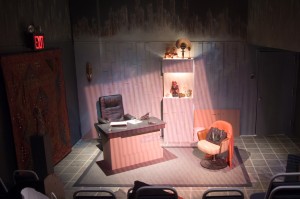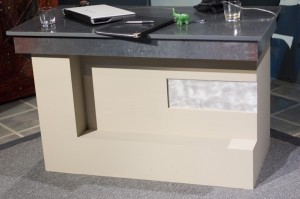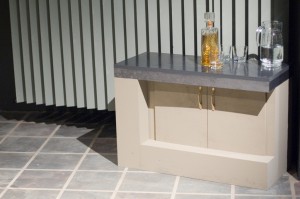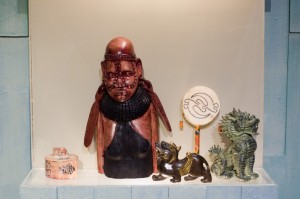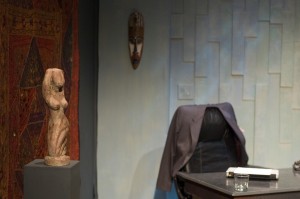The folks over at Collectors Weekly have some interviews of props people up on their site, and there are two that they sent my way that I wanted to share with you.
An Interview with Scott Buckwald, Prop Master for Mad Men
Scott Buckwald gives a very in-depth discussion about the trials and tribulations of propping such an accurately detailed show as Mad Men. He gives a lot of examples about specific problems he’s had to solve, but one of my favorites concerns a Sara Lee frozen cheesecake box:
Getting the Sara Lee logo from 1960 was easy, but finding an actual cheesecake box was hard. Again, that’s not very collectible. Pretty much the second after the cake was taken out, the box would have been thrown away, so I looked through pictures of kitchen scenes, hoping to find a cherry cheesecake box sitting there. After looking through 3,000 pictures, I was able to capture every angle of the box and I was able to redraw it on Illustrator and tweak it on Photoshop and then print it out and rebuild the box.
He also discusses some of his sources for finding and creating props (in Hollywood), as well as research resources for the 1960s.
An Interview with ‘History for Hire’ Movie Prop Supplier Jim Elyea
The second interview is with Jim Elyea, one of the proprietors of History for Hire, a Hollywood prop rental house that has been around since 1985. He has a lot of great tidbits on making a production historically accurate:
Our motto with our clients is, “We’ll tell you what’s right, and then we’ll rent you anything you want,†because a lot of times, even though we know better and they know better, their boss wants something different. The director wants it different or the actor wants it different, and ultimately, they’re the ones calling the shots and paying the bill.
He also discusses their large research library, and how they use it:
We also have a series of Montgomery Ward catalogs from virtually every year of the 20th century up until they stopped producing them. We use those all the time.
Say you’re doing a 1928 movie. We’ll look in the 1928 Montgomery Ward catalog to see the most up-to-date stuff that an average person would have. Say you want a picnic cooler. You can see what picnic coolers looked like in 1928. Or you might go back to 1921 because you’re story is about people who weren’t necessarily as cutting edge, so they bought their cooler eight years before.
The complete interview covers a lot more ground, and I highly recommend you check them both out when you have the time.

